The art of cold brewing tea has gained significant popularity in recent years, offering a refreshing alternative to traditional hot brewing methods. Among the many variables that influence the final flavor profile, steeping time stands out as a critical factor. Comparing four-hour and twelve-hour cold brew teas reveals distinct differences in taste, aroma, and overall drinking experience. These variations stem from the complex interplay between time, temperature, and the chemical composition of tea leaves.
When tea leaves are steeped in cold water for four hours, the result is a delicate and nuanced beverage. The shorter extraction period allows for a lighter infusion, where subtle floral and vegetal notes take center stage. Green teas and white teas, in particular, shine at this duration, as their more fragile compounds are preserved without the risk of over-extraction. The aroma tends to be fresh and inviting, with a crispness that makes it highly refreshing, especially on warm days. However, the body of the tea remains relatively thin, and the caffeine content is lower compared to longer steep times.
Extending the steeping time to twelve hours transforms the tea into a markedly different drink. The prolonged contact between water and tea leaves allows for a more thorough extraction of flavors, resulting in a richer and more robust profile. Darker teas, such as oolongs and black teas, benefit greatly from this extended duration, developing deeper caramel, nutty, or even smoky undertones. The increased extraction also leads to a fuller mouthfeel, making the tea feel more substantial on the palate. However, there is a risk of bitterness or astringency if the tea leaves are particularly tannin-rich.
One of the most noticeable differences between the two steeping times lies in the balance of sweetness and bitterness. A four-hour cold brew tends to emphasize natural sweetness, as fewer bitter compounds are extracted. This makes it an excellent choice for those who prefer a milder, more approachable tea. On the other hand, a twelve-hour brew can introduce a pleasant bitterness that complements the sweetness, creating a more complex and layered flavor. The key is selecting the right type of tea to match the desired steeping duration.
The choice between four-hour and twelve-hour cold brew tea ultimately depends on personal preference and the type of tea being used. Lighter teas often perform better with shorter steep times, while bolder varieties can withstand—and even thrive—under longer infusions. Experimentation is encouraged, as small adjustments in time can lead to surprising and delightful results. Whether seeking a quick, refreshing drink or a deeply flavorful experience, cold brew tea offers a versatile and rewarding method of preparation.
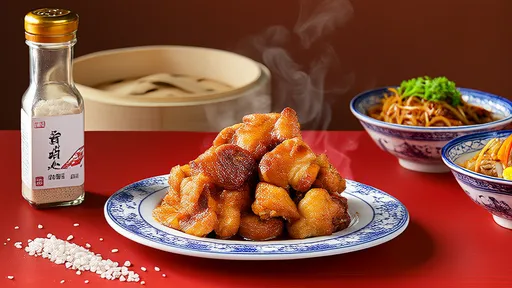
By /Jul 24, 2025
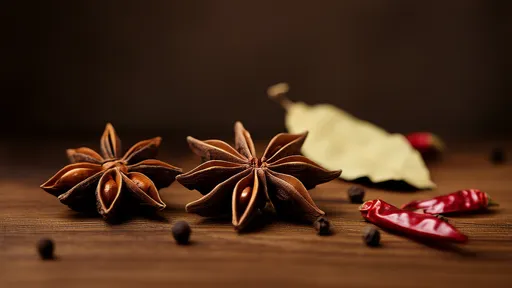
By /Jul 24, 2025

By /Jul 24, 2025
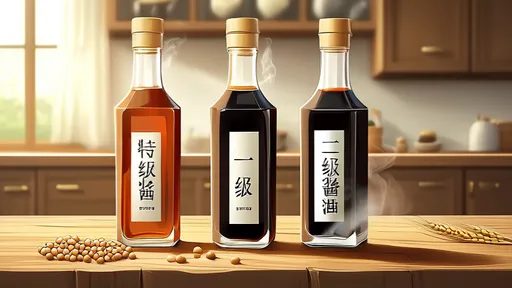
By /Jul 24, 2025

By /Jul 24, 2025

By /Jul 24, 2025
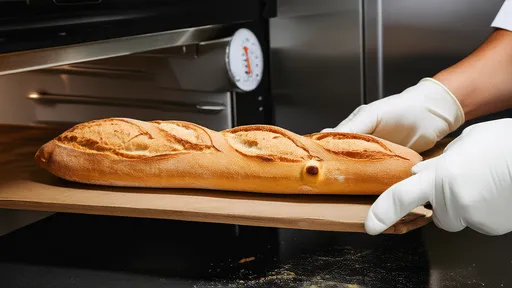
By /Jul 24, 2025
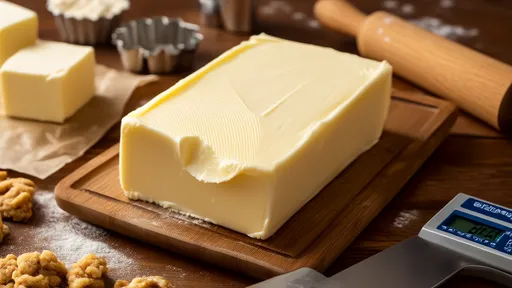
By /Jul 24, 2025
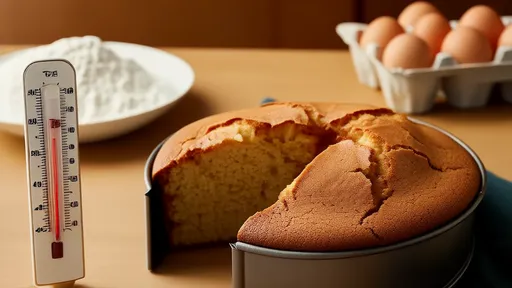
By /Jul 24, 2025
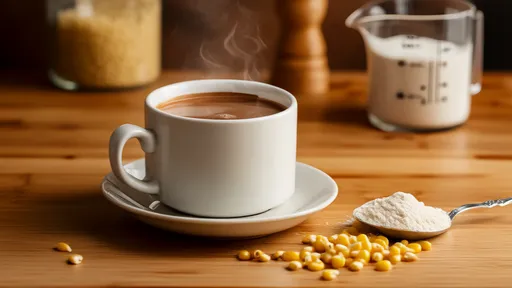
By /Jul 24, 2025

By /Jul 24, 2025
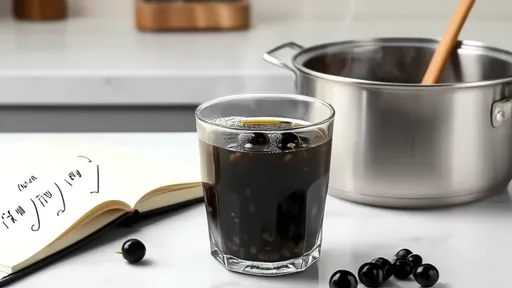
By /Jul 24, 2025

By /Jul 24, 2025
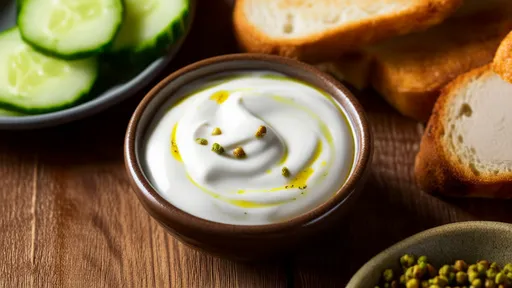
By /Jul 24, 2025
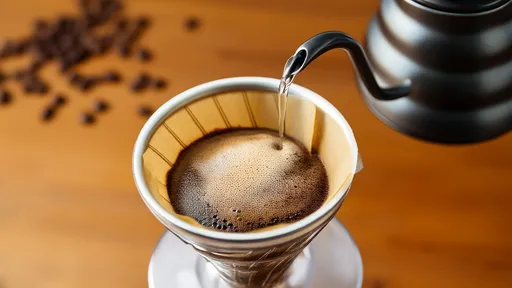
By /Jul 24, 2025

By /Jul 24, 2025
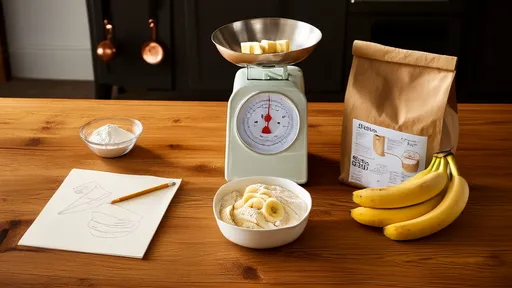
By /Jul 24, 2025

By /Jul 24, 2025